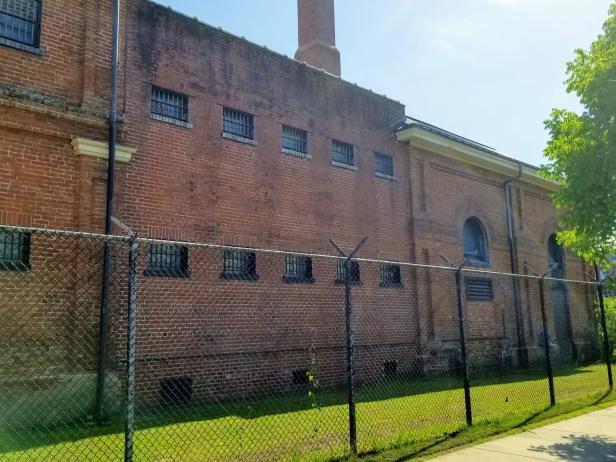Follow the Black Heritage Trail in Columbus
For a closer look at the city's history and the contributions of its rich African American community, follow the Black Heritage Trail.
Travel just 90 miles south of Atlanta to Columbus, Georgia, the state’s second largest city, where main street shops full of Southern charm, bustling barbecue joints and a 22-mile Chattahoochee RiverWalk await. For a closer look at the city’s history and the contributions of its rich African American community, take a historical trek and follow the Black Heritage Trail. Designated as a National Recreation Trail by the U.S. Department of the Interior in 2000, the urban trail features 30 African American heritage landmarks, buildings and stories of noteworthy events that date back to the 1800s.
I recently visited Columbus for the first time and went to many of the places on the Black Heritage Trail with my family. I left knowing way more than I did when I arrived. Although there were intriguing places on the tour relating to African American celebrities, like Ma Rainey's house, the most interesting places were ones that connected back to slavery.
The Black Heritage Trail shows parts of Columbus you may never have known, but it also opens your eyes to the legacy of slavery, segregation and the Civil Rights Movement. It allows you to see both the beauty and despair that echoes through African American communities throughout Columbus and the South.
There are 30 sites listed on the official Columbus Black Heritage Trail. Here are the top six that stood out to me.
6 Can't-Miss Parts of Columbus' Black Heritage Trail

Ma Rainey House and Blues Museum
Ma Rainey, a pioneering singer also known as the "Mother of the Blues," was born and raised in Columbus before making her way to Chicago, where she signed with Paramount Records. She recorded more than 100 songs during her career, writing many of them herself despite being illiterate. Following her success, she returned to her hometown and eventually owned two theaters. After her death in 1939, the house fell into disrepair, but was restored in 2008 and now welcomes visitors from all over the world. Admission to the Ma Rainey House and Blues Museum is free with donations accepted.

Liberty Theatre Cultural Center
The Liberty Theatre was built in 1924 and was the first black theater in Columbus. It played host to some of the biggest African American musicians in the 20th century, including Louis Armstrong, Lena Horne, Ella Fitzgerald and Columbus' own Ma Rainey. It rivaled the size and opulence of the “whites only” theater and probably gave the local black community a much-needed respite from the harshness of African American life in the South. It was closed in 1974 when the city outlawed “separate but equal” facilities, but it reopened in 1996 as a regional theater and enrichment center.

The Stockades at the Old City Jail
Now part of the Muscogee County Jail, the stockades is part of an imposing red brick building that used to be a holding cell for slaves. It was where African American slaves waited to be auctioned off and transported throughout the South. It is difficult to think about these difficult parts of history, but it is through their remembrance that we ensure they will never happen again.

St. James AME Church
There are several stunning churches in Columbus built to serve the African American population, but the St. James African Methodist Episcopal Church, organized in 1863, stands out. Beyond the majestic, imposing towers and the magnificent stained-glass windows, it is the solid wood doors, hand carved by local slaves, that will hold your attention. Though they may have had nothing of their own, not even freedom, they still managed to create something beautiful that withstands the test of time.

14th Street Bridge
You would never know the wide, peaceful, well-kept pedestrian bridge connecting Phenix City, Ala., and Columbus was the site of the last land battle of the Civil War. On Easter Sunday, 1865, it was here that the Confederacy took its dying breath. The strife, disunity and horror of the Civil War finally ended here, and the reunification of our country began, which included African Americans as citizens.

Cemetery for Interment of Blacks
A solemn, small patch of ground, surrounded by a wrought iron fence is what is left of the cemetery once delegated for slaves and free blacks. It is now a resting garden, complete with benches and surrounded by large shady trees on 6th Avenue between 6th Street and 7th Street. Though no one knows the names of those who are interred here, the lovely park is a testament to their existence.


